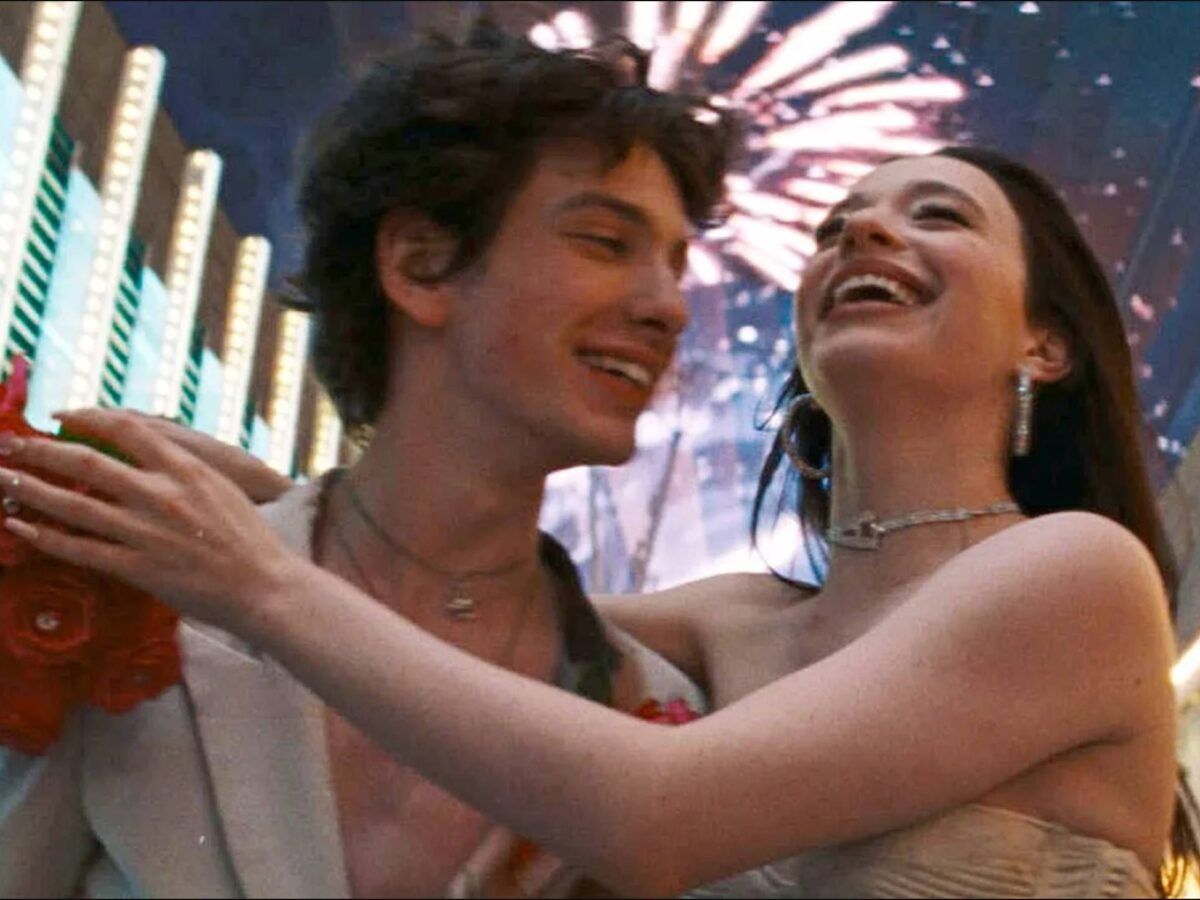By Sarah Humadi
Baker’s cinematography is striking; the muted, industrial landscapes of Brooklyn and commercial Vegas contrasting with pops of vivid neon lights of the strip club, metallic, glittery streaks throughout our star character’s hair, blankets, scarves and scratches of deep red enveloping her when she’s wounded from Vanya’s betrayal – I find myself reminiscing of Edward Hopper’s lonely Americana. Upon my first watch, I’m already comparing particular scenes to Hopper’s works such as his famous Nighthawks, Chop Suey, Morning Sun, Manhattan Bridge Loop. The moments of tenderness and desperation woven into the everyday. Anora’s visuals are enticing, exciting to look at. Baker plays with light and color in a way that captures the isolation of late-stage capitalism—the glow of a strip club sign, the sterile excess of oligarch wealth, the dull flickering of a cheap motel TV. It echoes Edward Hopper’s paintings, which similarly frame the American Dream as a distant, melancholic illusion. But where Hopper’s subjects feel unknowable by design, Baker’s characters are supposed to be fully realized—people we see, hear, and understand. The problem is, I don’t always believe them. And while Anora is gripping, it’s hard to ignore the lingering feeling that its perspective—like Tangerine and The Florida Project before it—comes from an observer, rather than someone who has truly lived these experiences.
Sean Baker has built a career chronicling America’s fringes—trans sex workers, struggling single mothers, and broke motel-dwellers in their passage to survive in a system rigged against them. With Anora, he takes on another precarious life: a Brooklyn stripper on the edge of living a life she’s dreamed of – money, social capital, friends, someone so captivated by her he wants her till death does them part – only to have the dream shattered. It’s devastatingly real and emotionally raw—but I end up asking myself who is telling (or rather showing) us this story?
Baker is an upper-class white man drawn to stories of the marginalized. His intentions seem good—his films rarely feel exploitative but at a certain point, we have to ask: why is Hollywood so eager to give these stories to filmmakers like him, rather than those who have actually lived them?
This isn’t just about Baker. It’s about an industry that consistently funds privileged directors to tell underprivileged stories while sidelining voices from those very communities. The problem isn’t that Anora exists—it’s that someone with Ani’s real-life experiences likely wouldn’t get the same funding, platform, or audience reach.
It’s almost like, ironically, the story of the American Dream is not just told through the plot of the film, but perhaps even more so behind the scenes of its making; it’s people like Ani that rarely, if ever, are recognised for their ambitions/work (to note, we hear little to nothing about Ani’s backstory or ambitions, although this might have been an intentional choice to have her walls up as part of her character) to make it to the top, or at least at the same level as directors such as Baker.
The media we consume shapes how we see the world. If the majority of films about sex workers, immigrants, and struggling single mothers come from a distanced perspective—one that studies rather than lives—then audiences will take that as truth. And while no community is a monolith, there’s something dissatisfactory about an outsider defining the mainstream depiction of these lives.
Image credit: Neon

